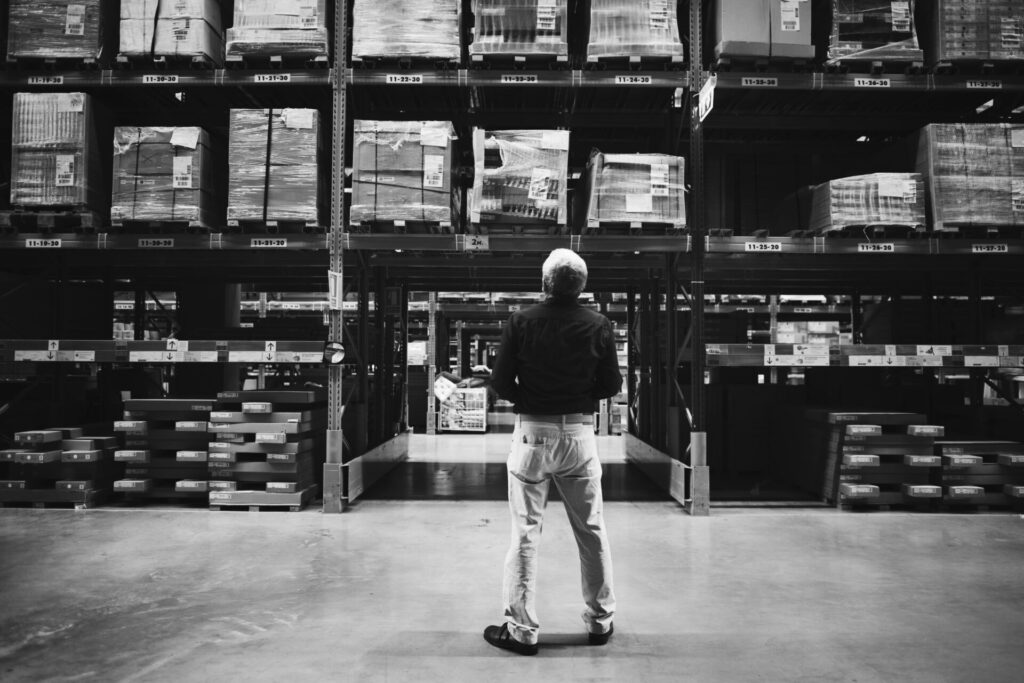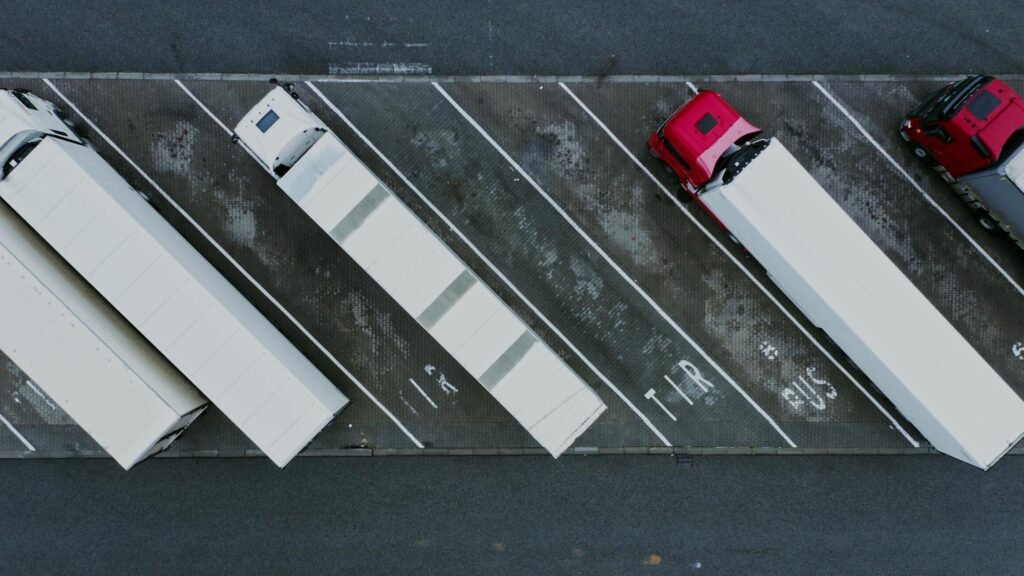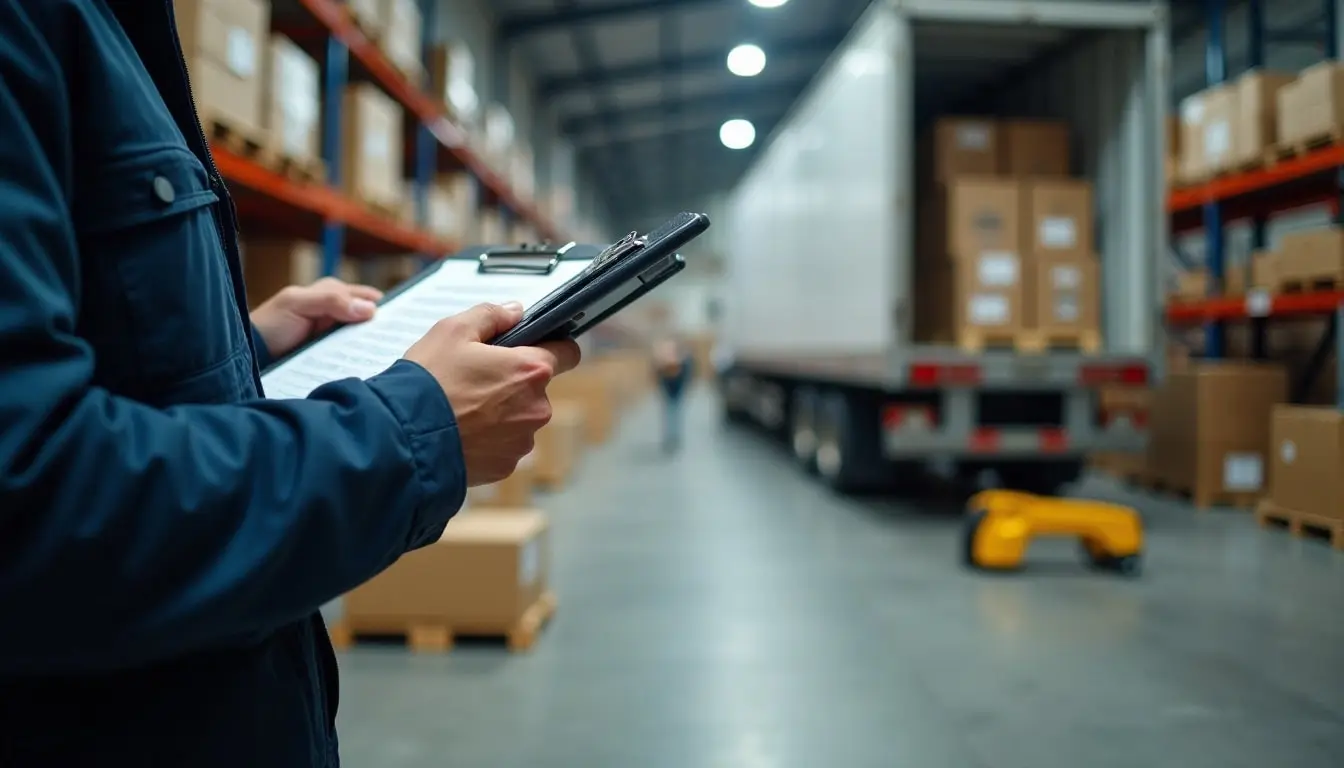
When to Choose LTL Freight Over Other Options
In a world where businesses are constantly trying to optimize their shipping budgets, Less Than Truckload (LTL) freight has become a critical piece of the supply chain puzzle. By combining multiple smaller shipments on a single truck, LTL offers a cost-effective alternative to other modes—particularly for moderate-sized loads that don’t warrant an entire truck or are too heavy for standard parcel services. But the question remains: when should you opt for LTL freight over full truckload or parcel carriers?
This guide delves into the specific scenarios and strategic considerations that make LTL a smarter choice. From load size to service speed, every detail matters when deciding your logistics strategy. By the end, you’ll have a clear understanding of why and when LTL freight might be your optimal shipping solution—whether you’re operating a local retail store, a growing e-commerce platform, or an established industrial manufacturer.
Understanding LTL Freight Basics
What Is LTL?
LTL stands for “Less Than Truckload,” a mode of shipping where multiple shippers’ freight shares space on a single truck. It’s the shipping equivalent of splitting an Uber fare with friends heading in the same direction. Your cargo occupies only the portion of the trailer it requires, and you pay for that fraction of the space, along with associated labor and fuel costs.
- Weight Range: Commonly 150 to 15,000 pounds
- Cost Model: Typically based on weight, dimensions, distance, and freight class
- Handling: Freight often transfers trucks multiple times before final delivery
Key Advantages of Less Than Truckload
- Cost Efficiency: You’re not stuck footing the bill for an entire truck.
- Flexibility: You can ship more frequently, reducing warehousing needs.
- Environmental Benefits: Sharing a truck with other shipments can reduce the total number of vehicles on the road, lowering emissions.
Comparing LTL, FTL, and Parcel Services
Defining FTL and Parcel Shipping
- FTL (Full Truckload): A single shipper rents or fills an entire trailer, usually for shipments over 15,000 pounds or very large loads. It offers a direct route, minimal handling, and typically faster transit times.
- Parcel Services: Ideal for small, lightweight packages. Carriers like UPS, FedEx, and USPS typically handle shipments under 150 pounds per package.
Identifying the Ideal Fit for Each Mode
- Use LTL:
- When your shipment is too large for parcel but doesn’t justify a full truck.
- If you prefer to ship more frequently in smaller increments.
- Use FTL:
- When you’re shipping high-volume loads that nearly fill a trailer.
- If transit speed and minimal handling are priorities.
- Use Parcel:
- For small or individual packages that don’t weigh much.
- If you need door-to-door speed and convenience for lower weights.
Shipment Size and Weight Thresholds
When LTL Makes Financial Sense
Parcel carriers charge by dimensional weight, which can get expensive for bulkier goods, even if they’re not particularly heavy. Likewise, booking an entire truck for a handful of pallets doesn’t align with cost efficiency. LTL bridges this gap, typically accommodating shipments ranging from 150 to 15,000 pounds. If your load:
- Exceeds parcel size/weight limits but doesn’t fill an entire trailer
- Involves multiple pallets but is still moderate in volume
LTL likely fits your budget better than an FTL or parcel approach.
Examples of Typical LTL Shipments
- Furniture Sets: A few sofas or chairs, not enough to fill a whole trailer.
- Industrial Components: Smaller machinery parts or fabrication materials.
- Retail Products: Seasonal or promotional items for quick restock without large inventory buildup.
Frequency and Consistency of Orders
Pros of Shipping Smaller Loads More Often
Rather than waiting until you can fill a truck, LTL freight lets you move products out regularly:
- Cash Flow Benefits: Quicker turnaround on sales, less money tied up in unsold inventory.
- Fresh Inventory: For perishable or time-sensitive goods, frequent, smaller deliveries maintain quality or relevance.
- Customer Satisfaction: You can respond faster to market changes, offering quick restocks or product launches.
Avoiding Warehousing and Inventory Costs
Large shipments often require significant storage. If you don’t have the space—or prefer not to pay for extra warehouse capacity—LTL shipping helps you keep your inventory lean. Your goods spend less time on the shelf, and you invest fewer resources in storing them.

Transit Time vs. Cost Trade-Offs
Speed Considerations in LTL
Because LTL shipments often transfer between multiple trucks or terminals, transit times can stretch a bit longer than a direct full truckload route. That said, many carriers offer expedited or guaranteed LTL services at a premium if speed is crucial. When deciding, consider:
- Urgency of the Shipment: Is the extra day or two in transit detrimental?
- Cost vs. Speed: Are you willing to pay more for faster, more direct service?
When Expediency Overrules Cost
If your shipment absolutely must arrive on a tight timeline—like urgent medical supplies or a just-in-time manufacturing component—LTL might not be your best bet unless you upgrade to expedited options. If speed is your top priority and you have a high-value or time-critical load, FTL or even air freight (for smaller parcels) could be more suitable.
Handling Fragile or Specialized Goods
Why Multiple Transfers Can Be a Risk
One of the main downsides of LTL is that your freight may switch trucks multiple times en route. This additional handling raises the risk of damage, especially for items prone to breakage, like glassware or delicate electronics. If your product is fragile, weigh the risks:
- Increased Touchpoints: Each transfer is an opportunity for mishandling.
- Potential Delays: More complex routing can lead to longer transit or hold times.
Proper Packaging and Protection
If LTL is still the best or only option, you can mitigate risks with quality palletizing and secure packaging:
- Strong Pallets: Use sturdy, undamaged pallets that support your shipment’s weight.
- Cushioning: Fragile items might need foam, bubble wrap, or custom crates.
- Clear Labeling: Mark packages as “Fragile” or “Do Not Stack” to encourage careful handling.
Geographical Coverage and Route Efficiency
When Regional LTL Carriers Shine
If you’re shipping within a limited geographic area—say a handful of neighboring states—regional LTL carriers can be exceptionally cost-effective. These carriers typically:
- Offer More Frequent Runs in their dedicated service region.
- Have Specialized Knowledge of local delivery nuances and routes.
- Provide Competitive Pricing by focusing on shorter, denser lanes.
Balancing Coverage with Service Levels
On the flip side, national LTL carriers offer wider coverage across multiple states or regions but might charge higher base rates in some lanes. If your business frequently sends freight to many different parts of the country, a national carrier or a 3PL might offer consolidated solutions. The trick is finding that sweet spot where coverage, cost, and customer service align with your needs.
Leveraging LTL in E-Commerce and Retail
Meeting Customer Expectations
Online shoppers crave fast, affordable delivery. For e-commerce businesses shipping multiple parcels daily, LTL can help when orders outgrow standard parcel shipping:
- Batch Shipments: Combining multiple orders into one LTL shipment can save money and time, especially for heavy or oversized goods.
- Strategic Distribution: If you operate multiple fulfillment centers, LTL helps you transfer inventory between them without the overhead of a full truck.
Rapid Restocking of Retail Inventory
Brick-and-mortar stores must keep shelves stocked to meet real-time customer demand. Instead of booking a full truck to move bulk inventory, LTL allows you to:
- Send Smaller Batches: Refill shelves only as needed, lowering the risk of overstock.
- Adapt Quickly: If a specific store experiences a product run, you can dispatch an LTL load to replenish that location rather than waiting for a large, consolidated shipment.
The Environmental Angle
Fuel Efficiency and Reduced Emissions
With environmental concerns at an all-time high, many businesses aim to reduce their carbon footprint. LTL contributes positively by consolidating multiple shipments on one truck:
- Less Fuel Usage: Fewer trucks on the road means reduced fuel consumption overall.
- Lower Emissions: By maximizing space on each trailer, carriers can transport more freight per mile traveled.
Aligning with Sustainability Goals
Companies touting sustainability often highlight their use of LTL shipping in promotional materials. Sharing truck space not only cuts costs but can serve as a tangible illustration of eco-friendly practices. Just be sure you’re also mindful of packaging materials and recycling policies to complete the green story.

Cost Factors to Watch Out For
Understanding Reweighs and Reclassifications
The more accurate your freight details, the better. Carriers commonly reweigh or reclassify LTL shipments if declared info differs from reality:
- Reweigh Fees: Inaccurate weight can lead to an immediate upcharge.
- Freight Class Adjustments: If the density is off, the carrier might bump you into a higher (thus more expensive) class.
Handling Accessorial Charges
LTL quotes typically include only the base rate (distance + weight + class). Extra services can rack up costs:
- Liftgate or Residential Delivery
- Appointment Scheduling
- Limited Access Fees (like schools, farms, or military bases)
- Inside Delivery (where the driver carries goods beyond a loading dock)
Disclose these needs upfront to avoid surprise fees.
Industry Case Studies
A Small Manufacturer’s Success Story
A midsize furniture maker struggled with large, sporadic orders. Shipping FTL meant waiting until they had enough product to fill a trailer, leading to inventory backlog and delayed deliveries. After switching to LTL for smaller, more frequent shipments:
- Lead Times Dropped from two weeks to a few days.
- Customer Satisfaction Improved thanks to quicker stock replenishment.
- Costs Decreased because the manufacturer no longer paid for half-empty trailers or urgent air freight for last-minute orders.
How a Growing E-Commerce Brand Saved on Shipping
A popular online brand selling workout equipment found parcel shipping expensive once items exceeded typical weight thresholds. They tried FTL but consistently overpaid for unused trailer space. Opting for LTL:
- Cut Freight Costs by about 30%
- Improved Delivery Times because shipments left more frequently
- Reduced Warehouse Overflow since they shipped only what was needed rather than waiting for a large batch
Potential Pitfalls with LTL
Longer Transit Times for Remote Areas
While LTL can be great for well-traveled corridors, remote or rural destinations might require extra transfers or out-of-route mileage. This can extend transit times by a few days compared to an FTL direct route, especially if your freight is riding along with multiple other shipments that have different final stops.
Risk of Damage Through Multiple Transfers
Each stop or cross-dock facility means potential forklift moves, loading, or offloading onto a different truck. For durable freight, it’s usually a non-issue, but fragile items can suffer if not packaged securely. Choosing a reputable carrier with a lower damage claim ratio and investing in sturdy packaging can mitigate this risk.
Negotiating Rates and Building Relationships
Volume Discounts and Contract Pricing
If you ship regularly, leveraging volume-based discounts can yield big savings:
- Annual Tonnage: Commit to a specific yearly volume in exchange for a reduced rate.
- Lane-Specific Discounts: If you often ship between the same origin-destination pairs, carriers may offer locked-in pricing.
Collaborating with 3PLs for Better Deals
Third-party logistics providers often have contractual relationships with multiple carriers, letting them secure lower rates than you might get on your own. They also handle administrative aspects like documentation, scheduling, and claims. For small or midsize companies lacking a dedicated shipping department, a 3PL partnership can streamline LTL operations and cost negotiations.
Conclusion
LTL freight isn’t just an alternative shipping method; it’s a versatile solution that can unlock efficiency, reduce overhead, and keep your supply chain agile. The sweet spot lies between parcel shipments that are too large to be cost-effective and full truckloads that might leave you paying for empty trailer space. By considering key factors like shipment size, frequency, fragility, and destination, you can determine precisely when LTL outperforms other shipping modes.
Moreover, success with LTL hinges on proper packaging, accurate weight and dimension declarations, and transparent communication about accessorial needs. If you plan and execute your LTL shipments thoughtfully, the rewards include cost savings, reduced environmental impact, and satisfied customers who receive their goods on time. Ultimately, the decision to choose LTL boils down to balancing cost, speed, and risk for each unique shipment—and in many cases, it offers an unbeatable middle ground that keeps your business lean, sustainable, and competitive.
How useful was this post?
Click on a star to rate it!
Average rating 0 / 5. Vote count: 0
No votes so far! Be the first to rate this post.



